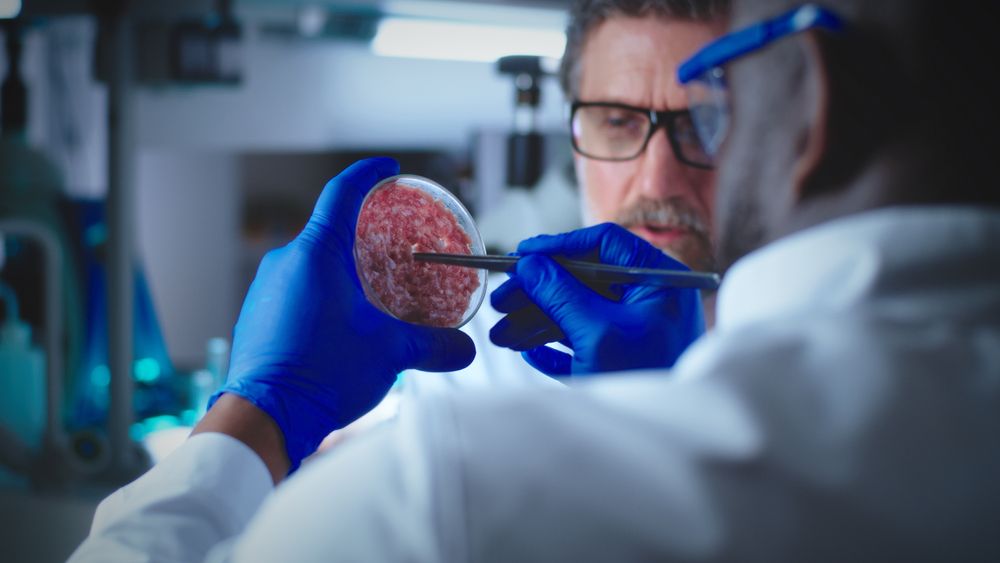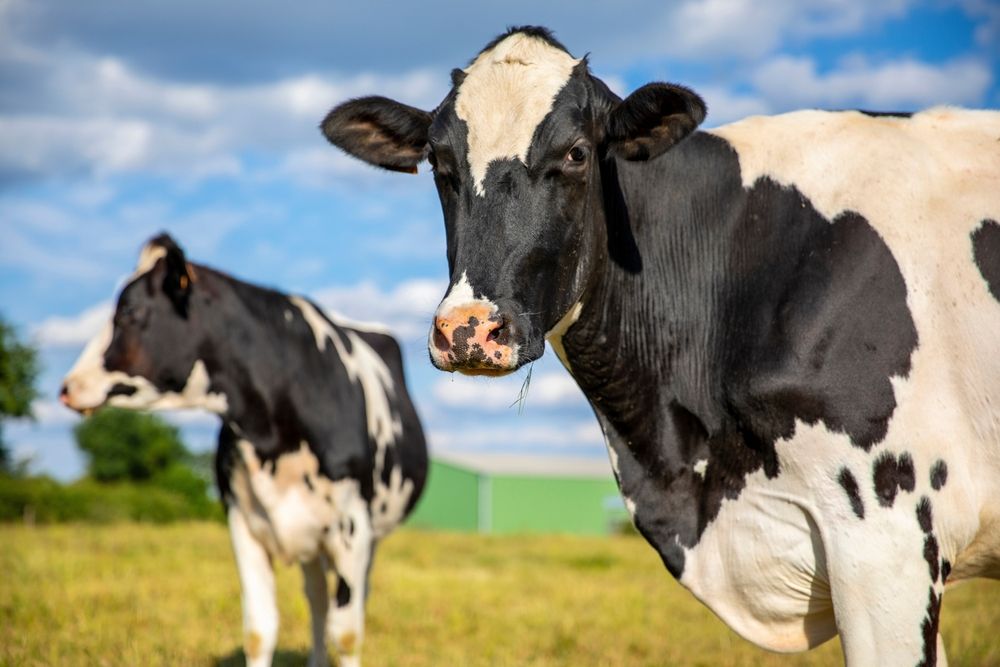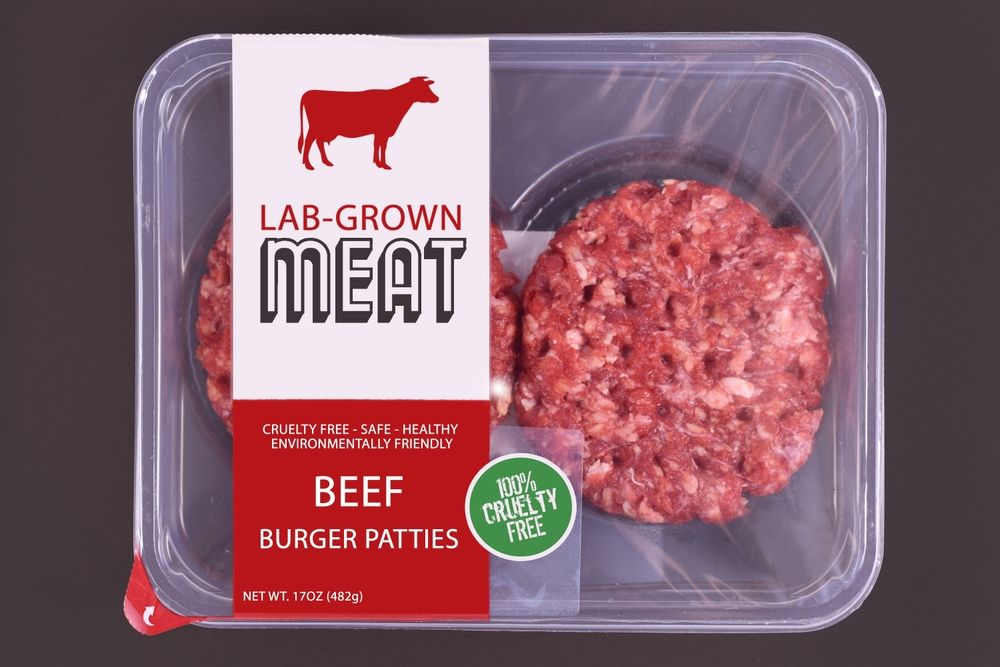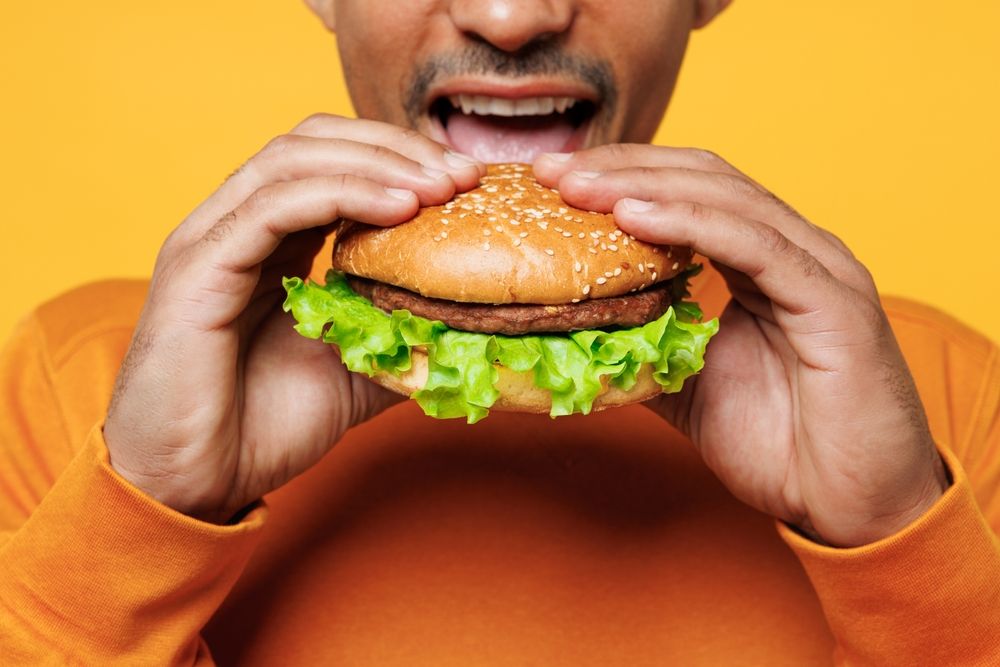
Summary
- Lab-grown meat tackles environmental and ethical challenges.
- Challenges include high production costs and public perception.
- Taste is mixed; cultural norms impact acceptance of lab-made meat.
Unless you’re vegan or vegetarian, you probably eat and enjoy meat. It’s one of the most important food sources for our species, and possibly why we evolved our big brains in the first place, but meat has its problems.
Whether it’s the environmental cost of industrial meat production, or ethical issues around the treatment of animals, meat is more controversial the more we march into the future. So what about growing our burgers in a lab instead of a cow?
From Fiction to Reality, Lab Meat Is Here
The idea of “vat-grown’ meat has been in several sci-fi stories. In 1952’s The Space Merchants, for example, “Chicken Little” is a giant blob of meat that just keeps growing, and humans slice the meat from it to feed the world. Many sci-fi stories feature synthesized food, which includes protein that’s essentially meat, but you can find lists of stories with “cultured” meat on the web if you’re interested.
The point is that, in fiction, authors have been mulling the idea that we can simply make meat or a suitable meat substitute without the messy process of breeding and slaughtering animals, and as technology has advanced, real-world scientists and engineers have taken that ball and ran with it.
In 2013, we had the first lab-grown burger, presented by Dr. Mark Post at a cost of $330,000! Since then, the FDA has approved companies like UPSIDE Foods, to sell cultivated meat within the USA.
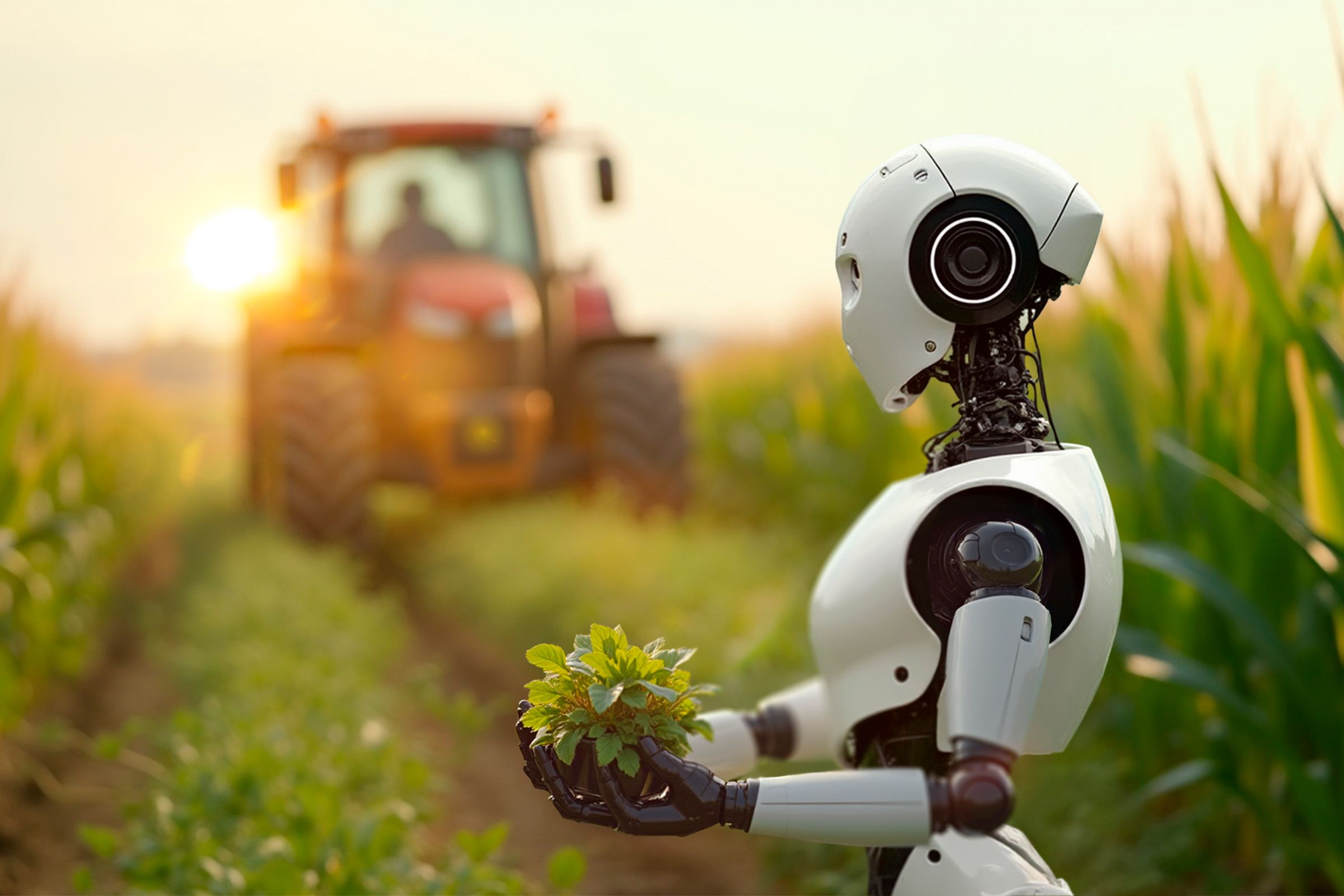
Related
Here’s How Robots are Farming Your Food
Say hello to Mr Grow-boto.
There’s Still a Lot of Challenges to Overcome
This might sound like lab-grown meat is right around the corner for your local supermarket, but the truth is that we’ve only achieved the proof of concept phase. We know it can be done, but that’s different from knowing how to scale meat production, and producing it at a scale where it’s cheap enough to compete with natural animal meat sources.
It’s also pretty hard to compete with incumbent infrastructure in the existing meat industry. Meat cultivation will need bioreactors, growth media, and other crucial equipment. Someone has to pay for that and take the risk, so it’s no surprise that only a handful of companies have so far braved this new industry.
Then you have the issue of public perception, whether the product actually tastes good or not, and pushback from the current meat industry about issues like labeling lab-made beef as “beef”, which they obviously don’t want.

Related
What Are Sidewalk Robots and How Do They Deliver Your Food?
WALL-E’s got a new job
Does This Actually Solve Any Problems?
Lab-grown meat has the potential to address or even solve some issue that come with traditional meat production. There’s a major concern about the energy and water costs of producing, for example, beef. There are even climate-related concerns, since cows produce methane, which is a highly-potent greenhouse gas. So, presumably that can be alleviated by cultivating the meat in a controlled environment.
Apart from environment and energy hopes, there’s also the ethical dimension. Cultivated meat has no nervous system and no brain. There’s no potential for suffering or mistreatment. However, right now, meat cultivation needs Fetal Bovine Serum to work, which means that there’s still animal slaughter involved. This is a key issue scientists have to eliminate before we can say lab-grown meat is truly ethical.
If lab-grown meat does suddenly become price-competitive with natural meat production, and starts eating into its market share, there’s also the ethical implication of what happens to the millions and millions of animals that have been bred and only exist to become food for us. Maintaining them costs money, so there’s the specter of mass-culling if the changeover happens too quickly.
It’s also unclear if the energy requirements won’t offset any environmental benefits, but there are many factors, such as clean sources of power and technologies to recycle, for example, the water used in the process.

Related
What Are Your Solar Power Options If You’re Renting a Home?
Giving renters their time in the sun.
What Do People Say About the Taste?
All the reactions to the taste of lab-grown meat I’ve seen, heard, or read so far are pretty mixed. It tastes like meat, because these are muscle cells just like in a real steak or chicken breast. The thing is, the muscles of a real animal aren’t just a bunch of muscle cells clumped together. It’s a complex structure shaped by the animals’ exercise and lifestyle. So lab-grown meat is easier to make palatable if it’s ground into minced meat or processed into chicken nuggets, but it’s not like we can replicate a steak yet.
But Would You Eat It?
It’s also important to keep in mind that what tastes good isn’t just about chemistry. It’s about what you’ve grown up with, what’s part of your culture, and your pre-existing beliefs about food. While eating insect protein is normal in much of South America, for example, North Americans are likely to be squeamish about it.

Traeger Ironwood Pellet Grill
Likewise, my mom considers sheep brains and fish eye soup to be delicious, but I think it’s gross. I love beef tongue, but my wife thinks that’s gross, because she’s from a part of the country where people don’t eat it.
Personally, I’m pretty adventurous when it comes to trying out new foods. I’ve eaten insects, I’ve eaten the Impossible Burger, and I’d definitely try some lab-grown meat if someone else would pay for the experience!
Source link


